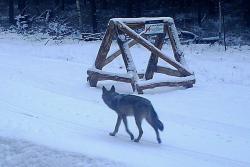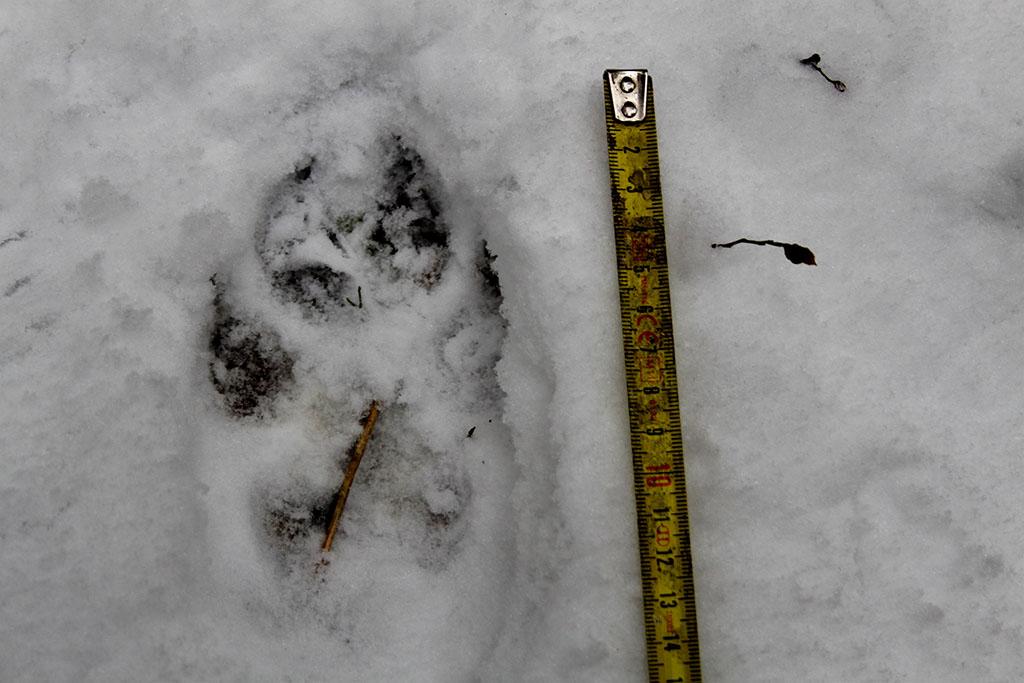 Asset Publisher
Asset Publisher
Sale conditions
Sale conditions of wood are specified by the regulation of Director – General of the Sate Forests.
Within the framework of the individual sale , the foresters try to meet the fast growing demand, because more and more people use wood in order to heat their houses. Contrary to general opinion, these are not only village people, even though they prevail among recipients. The growth of firewood demand is the result of occurrence of new housing estates built in the suburbs of large agglomerations, where houses are usually equipped in fireplace heating installations.
Firewood is not only the most ecological heat source, but also is much more attractive in respect of relation of price and electric efficiency, rather than cola, oil, gas or electric power.
In recent years, the Sate Forests increased the sale of firewood of one third – up to over 4 million cubic meters annually. Firewood is not only the most ecological heat source, but also is much more attractive in respect of relation of price and electric efficiency, rather than cola, oil, gas or electric power. Some of customers choose already prepared and cut into pieces wood, the others very willingly obtain it by themselves after arranging all details and fulfilling particular safety conditions, and after paying the fee; that concerns mainly so called "thinnings". Such a raw material is very cheap, that is why many people from village areas profit from such possibility.
 Asset Publisher
Asset Publisher
 Asset Publisher
Asset Publisher
Wilk w Lasach Nadleśnictwa Szprotawa
Wilk w Lasach Nadleśnictwa Szprotawa
 Wilk w lasach Nadleśnictwa Szprotawa. Fot. monitoring leśny
Wilk w lasach Nadleśnictwa Szprotawa. Fot. monitoring leśny
 Wilk w lasach Nadleśnictwa Szprotawa. Fot. monitoring leśny
Wilk w lasach Nadleśnictwa Szprotawa. Fot. monitoring leśny
W ostatnim czasie nasz monitoring zarejestrował wilka, przechadzającego się leśnymi ścieżkami.
Zwierze zostało zarejestrowane kamerą leśną dnia 23 stycznia o godzinie 9.14 w okolicach wsi Szprotawka. Był to jednak nie pierwszy incydent pojawienia się go w naszych lasach - wilka spotyka się tutaj bowiem coraz częściej.
Świadczą o nim głównie ślady pozostawione na śniegu przez tego groźnego osobnika, charakteryzujące się sporym rozmiarem odcisku łapy z wyraźnie odznaczonymi pazurami.
Wilki to jedne z najrzadziej występujących drapieżników w Polsce, podlegające ścisłej ochronie. Zwierzęta te żywią się przede wszystkim ssakami kopytnymi, takimi jak: jelenie, sarny czy dziki, nie gardząc jednak również padliną czy znacznie mniejszymi zwierzętami. Zdarza się, że przy niewielkiej ilości pożywienia mogą zaatakować także zwierzęta hodowlane.








